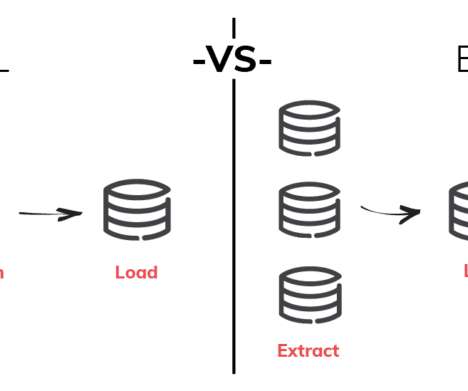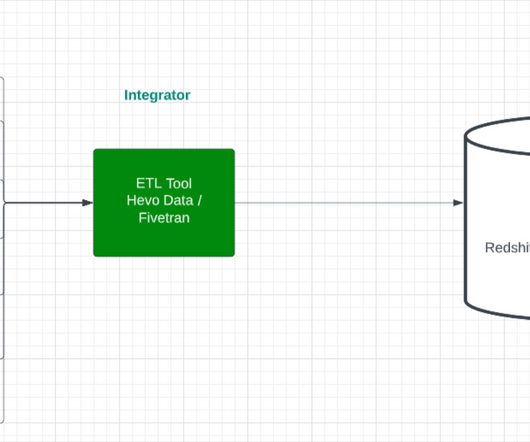Reverse ETL to Fuel Future Actions with Data
Ascend.io
DECEMBER 21, 2022
As we hinted at in the introduction, reverse ETL stands on the shoulders of two data integration techniques: ETL and ELT. The ETL process is a data consolidation technique in which data is extracted from one source, transformed, and then loaded into a target destination.












Let's personalize your content